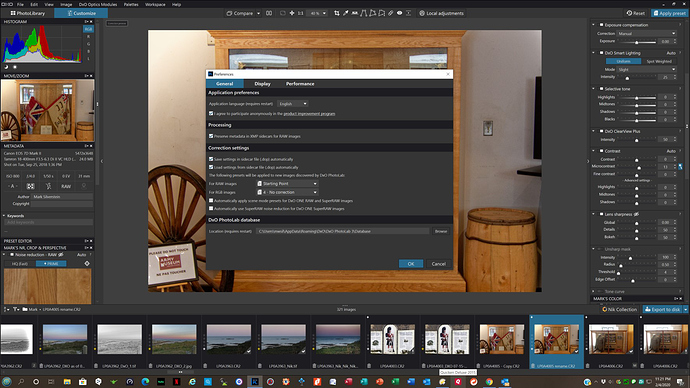I use a program called Integrity Checker (IC) to assure the long-term stability of my images. IC generates a hash code for each image on ingestion and provides capabilities for verifying the hash on the original and backup copies of each image. Info is given if the image file ever changes, even by as little as a single bit. However, the program operates on every file in a folder, regardless of extension. There is no capability to select only, e.g., .RAW files.
Here are some issues for which I seek advice:
-
I have a modestly large number of images (about 38,000). I have used several cameras and thus have a variety of file naming schemes. This creates difficulties in cataloging my files, which I am now wanting to do. However, I have processed as significant number of files in PL2 and 3 which has created *.dop files that are in the same folders as the *.raw files. If they remain there, they too will be hashed (that’s OK) but every time a make a change to the image, the top file changes and will be flagged by IC. This is tedious if a large number of files are being worked on.
-
How is the dop file associated with the raw file? Am I ok if I rename both to the same filename with the appropriate extension?
-
Can I move the dop file to a separate folder and somehow point to the raw files? This would eliminate the issue of hashing the dop file.
-
If I cannot do (3) (as I expect), then can I create duplicates of the raw file that can be put in a separate folder with the dop files? I am not sure i understand how the multiple copy feature works–I believe it does what i want, but am not sure how to put the second copy and the dop in the same folder.
Can someone comment on how these features work?
Many thanks
RWH

